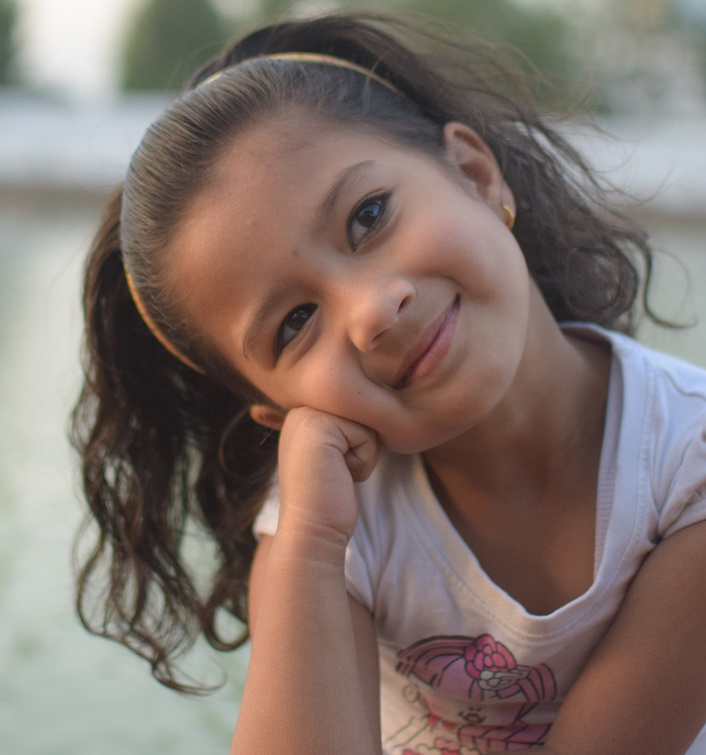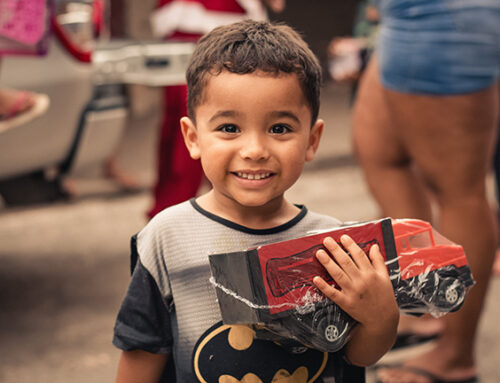Does your child have difficulty remaining on task when given an activity? Are you frequently trying to gain back their attention and redirect them to what they were doing? For example, you ask your child to clean up their toys, come over to you, bring you something from another room, etc., and a few minutes go by and they are doing something completely different? If so, we can help you with this! It is very common for children with disabilities to present challenges with staying on task and being able to recognize in themselves when they have abandoned a task. This blog gives tips for parents to help your child learn to recognize when they are on/off task and self monitor themselves in these tasks.
A great place to start is implementing the use of various visuals. Visuals are a great tool to use in helping your child, as it requires them to do more of the thinking. Also, research shows that children can become “prompt-dependent” and verbal prompts are the most difficult to fade. That being said, your child may be unconsciously waiting for you to tell them what to do next. A visual is an amazing way to shift some of that responsibility on to them.
Self-Monitoring Checklist:
These can be made dependent on the task you are finding your child struggles to remain engaged with. For example, if your child frequently becomes distracted when getting dressed, your team at Blue Bird Day can help make you a visual for this. Steps can include pictures of: removing pajamas/putting on underwear/pants/shirt/socks/shoes. This visual acts like a checklist and your child can practice checking off the item upon completion. We can make visuals and task-analysis — which break down routines step-by-step — for anything your child may be struggling with!

Green-Red Visuals
This visual support is great to use in a more structured setting, such as during therapy sessions, school, or homework times. The visual is simple: it’s an index card size sheet of paper that is completely red on one side with the words “OFF-TASK” on it and green on the other with “ON-TASK” written on that side. The teacher, therapist, or parent would assign the child a task to complete. If the child is observed engaging in off-task behaviors such as day-dreaming, eyes wandering, abandoning the task for a certain prescribed time (for example, 10 or more seconds), the adult would silently approach the child and flip their visual to the red side.
Since we are targeting independence and self-monitoring of on-versus-off task behaviors: it is the responsibility of the child to recognize that they are “off-task”, flip the visual back to “on-task”/green, and re-engage with the activity. Eventually we can fade this visual system by removing the words and having a smaller red/green visual and eventually to fade it to nothing.
Social Story
Social stories are great tools to use in helping your child learn new skills. For encouraging on-task behaviors, we can make your child a social story that includes all of the necessary steps for them in order to complete a task. This would be read prior to engaging in the task and a reminder to set the expectations.
In conclusion, we hope to set your child’s goal to independence and generalization with many of their routines. It is our job to help you feel supported and to work with your child to get there. By practicing with the use of self-monitoring checklists, visuals, and social stories, we can help your child achieve their goals in learning how to recognize on/off tasks and self-monitoring.

Blue Bird Day fosters socialization, sensory regulation, and pre-academic learning in children ages 2-7 years in therapeutic rotations that simulate preschool and kindergarten settings. Our compassionate therapists practice a relationship-based and family-centered approach, provide parent training, and collaborate on goals and individualized intensive treatment plans for your child.
We believe in a collaborative and multi-disciplinary team approach to therapy. A team of occupational therapists, speech-language pathologists, dietitians, developmental therapists, behavioral therapists, physical therapists, and therapeutic assistants are created for each child to ensure child and family are fully supported and the best possible results are achieved.
Options for individualized, group and virtual therapy sessions are available as well.
Want to learn more or you have a specific question? Feel free to connect with us here!



